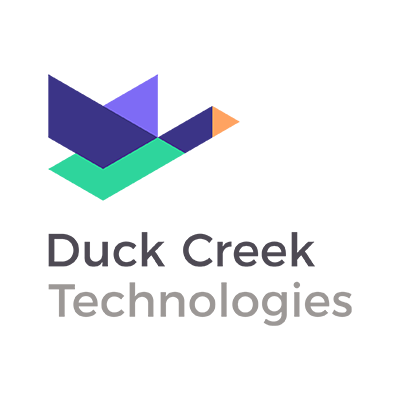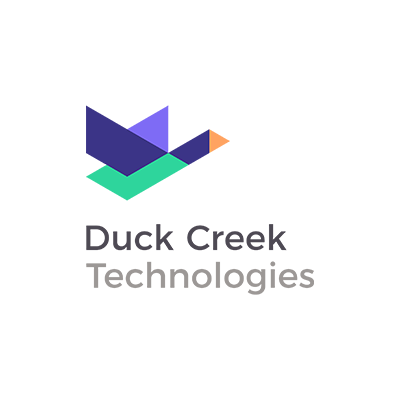As smart technology ecosystems becomes more of a mainstream reality, carriers dependent on closed-box technology infrastructure will be left even further behind
Embracing technology ecosystems is quite simply essential to the future success of property/casualty (P&C) re/insurers – and I do not say this lightly.
The recent Lloyd’s Blueprint One highlighted this in abundance – in fact, the report places the concept of the digital ecosystem with consistent technology standards and open architecture at the heart of its ambitious vision for a digitally transformed marketplace.
This is because a successful technology ecosystem allows many different companies to bring innovation to the market – facilitating access to new tools, services, and data sources that are both tailored to specific business users and at the same time powered by a much broader collaborative effort.
The ecosystem approach championed by Lloyd’s Blueprint One is a stepchange for insurance technology providers, because it is a recognition one single provider cannot possibly control all the present and future functions of insurance and deliver the best functionality and value across such a broad spectrum.
This approach is a revolution, a giant leap away from the “all eggs in one basket” approach of closed architecture, on-premises systems towards an interconnected, open architecture cloud network that combines the best the global tech market has to offer.
Interoperable application programming interfaces (APIs), open architecture and multi-tenant software-as-a-service (SaaS) offer significant advantages not just for the Lloyd’s market but for the global re/insurance sector as a whole. They allow carriers to embrace the best of traditional in surer applications, as well as the latest emerging technologies and datasets, then integrate them into their environments with ease.
‘Regardless of lines of business, financial stability or established reputation, carriers that are unable to keep up
with the pace of change within and outside the insurance industry face an unprecedented challenge keeping up with intensifying customer expectations’
-Celent
Examples of such plugin technologies include the SaaS payments platform InsurPay, claims litigation defence cost mitigator Milliman Datalytics Defense, and telematics sensor and date provider Roost – just three of the literally thousands of highly innovative, insurance-specific systems that deliver far above and beyond what traditional insurer techno logy can achieve.
At the same time, the nature of ecosystem-friendly SaaS platform architecture means all users benefit from economies of scale, for instance benefitting from thousands of Microsoft security specialists with tens of millions of pounds of budget working on keeping your data safe and managing the task of upgrading your technology, as opposed to a
far smaller in-house team with fewer resources at their fingertips. In fact, the eradication of the upgrade burden is possibly the biggest step forward in insurance operations since the first green- screen tech came online – giving insurers instant access to technology that is always up to date, without the need for their direct intervention, time, effort and cost to keep it that way.
Cultural shift
What is holding P&C insurers back from this ecosystem utopia? It is not just about technology; there is a need for a psychological and cultural shift – a change in the mindset of a market that has been separated by in-house technology silos for too long.
A recent Celent report, Navigating the Pace of Change in General Insurance, highlights while some leading insurers are increasingly partnering and building ecosystems to gain a competitive edge in a crowded marketplace, too many carriers rely on creaking legacy on-premises core systems for their most critical business functions, missing out on a key source of competitive advantage.
The report points out while the collaborative ecosystem approach is clearly the future direction of travel for P&C re/insurance, with the availability of more agile options becoming more widespread and cost-efficient, the pace of change has simply been too slow in insurance. Instead, there is a reluctance to move away from traditional on-premises solutions; technology that is now out of date almost as soon as it is installed and represents in effect just another legacy layer.
In fact, legacy systems are like a noose for insurance carriers, strangling their ability to adapt and keep pace with the evolving world around them, and yet many seem strangely attached to this familiar way of doing things. Perhaps it is because on-premises technology occupies physical space in an insurer’s building; its bulkiness, blinking lights and noisy fans are reassuring in an industry that has always taken the business of technological change at a creeping pace.
The historically slow pace of change is also the reason why Lloyd’s Blueprint One is ambitious – it is asking carriers in a particularly traditional corner of the re/ insurance industry, which still rely on boxed-in, on-premises technologies, to open their minds and imaginations and move towards a completely new paradigm.
To win and keep business today and in the future, P&C carriers need to bring more specialty data, services and capabilities to bear on their processing and decision making than ever — and they need to access all of it quickly and seamlessly.
This Celent report sums it up neatly: “Regardless of lines of business, financial stability or established reputation, carriers that are unable to keep up with the pace of change within and outside the insurance industry face an unprecedented challenge keeping up with intensifying customer expectations.”
There will be naysayers and eyerollers – there always are – but the facts will speak for them selves and re/insurers that think they will be able to hit the ground running in 2020 with a business powered by outdated, closedbox systems will find themselves on the wrong side of our industry’s history of success stories.
If you cannot use the latest data sources nor harness the most innovative insurtech in the market and plug it into your own business, you now face an unprecedented struggle to remain relevant and up to date. In a highly competitive market, the winners will be those that have more knowledge and insight at their fingertips and make better decisions as a result. Technology ecosystems are the answer, not the question.





